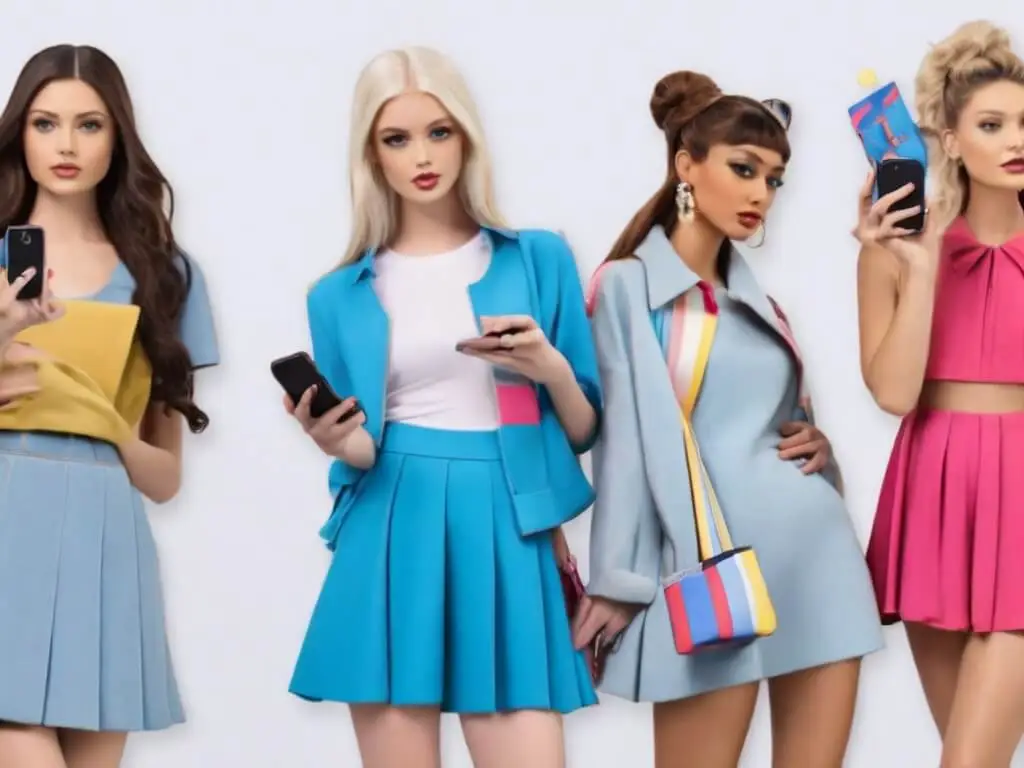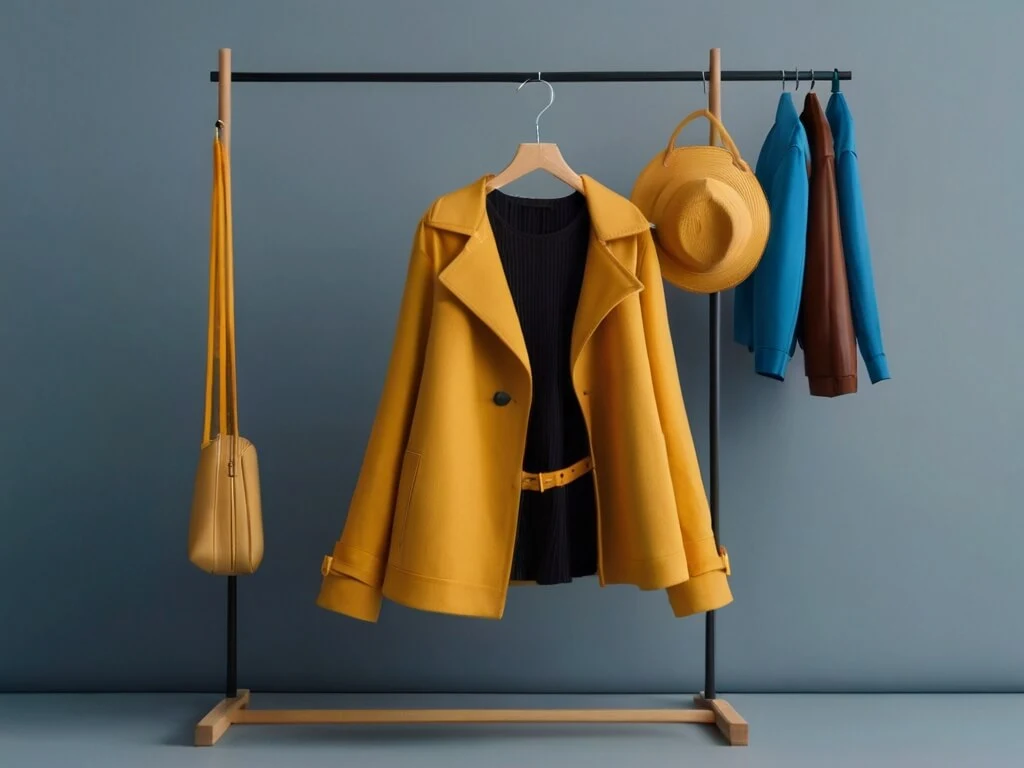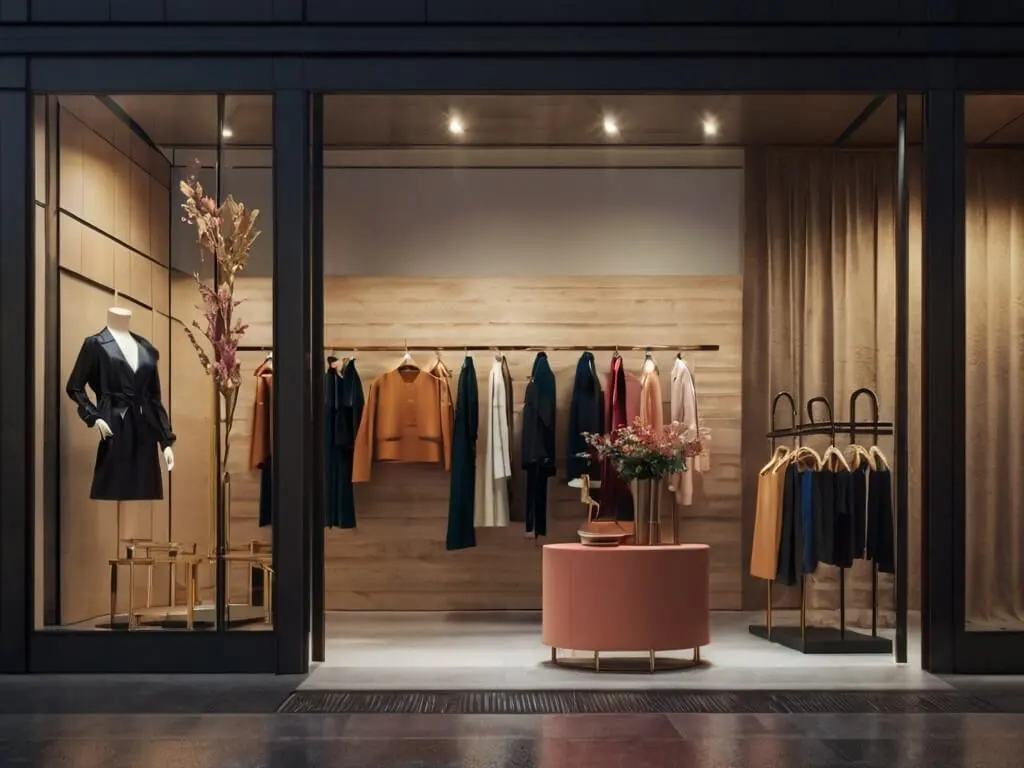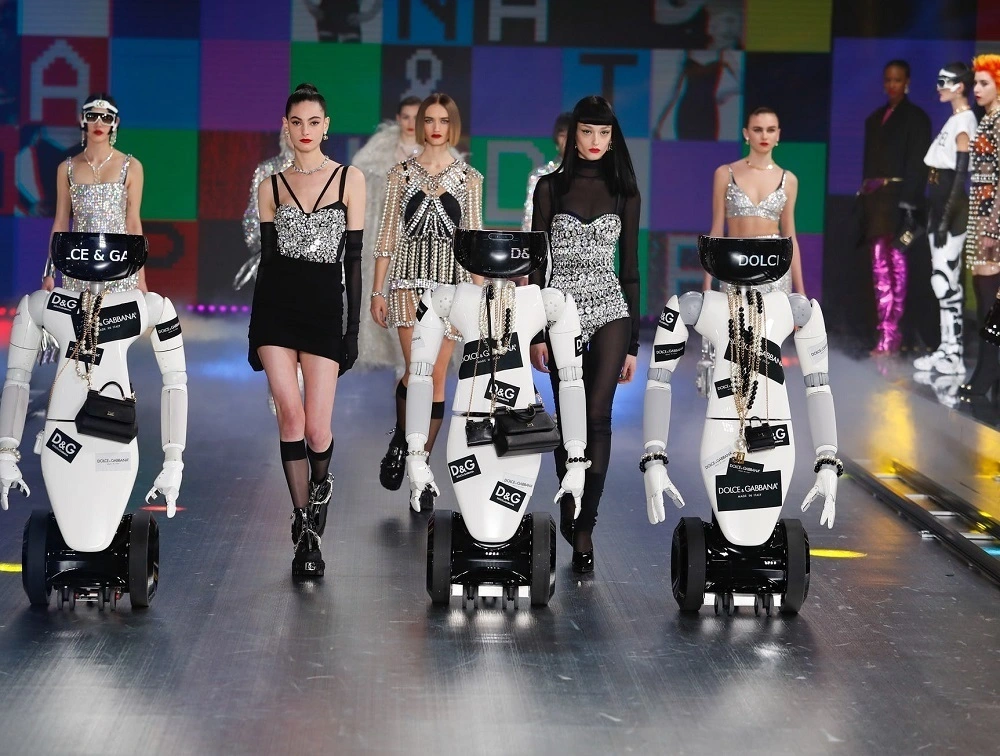How the Internet Has Revolutionized the Fashion Industry?
The fashion industry is the one that remains at the juncture of tradition and innovation, constantly changing
to meet the demands of digital society. The Internet influence on fashion is seen in the era of social media. There is no doubt social media emerged as a replacement medium for the fashion industry. Now internet and social media have reduced the importance of TV. Now celebrities’ influence on the fashion industry is more prominent on social media and the internet. The introduction of the internet and the subsequent emergence of social media have revolutionized fashion, leading to a change in the dynamics of creativity, commerce, and community within the industry. The major role for the fashion industry to flourish globally is through the Internet influence on fashion through e-commerce, social media, and data analytics
This article examines how digital technology has affected fashion more than can be imagined by exploring deeply what power the internet and social media hold in redefining style in the future.
Another related topic is How Movies Changed the Way We Dress & Trends
Easy Accessibility and Global Reach
Now fashion has no hurdle by geographic boundaries, thanks to the internet influence on fashion. Now fashion is accessible all around the world with no hurdle from online digital fashion and online shopping consumer can purchase in their own steps. For fashion brands, the Internet is a global platform to retain global customers. Fashion brands have more ease in expanding their fashion industry businesses from local and domestic lines to all parts of the world. Like never before internet creates a bridge between customers and fashion brands enabling a seamless experience for both.
Seamless Promotions
Platforms like Instagram and Facebook are used through digital advertising campaigns, fashion brands can showcase their latest product collections to their audience in real time. On social media, every click with personalized and interactive ads stands out, drawing consumer’s attention to aesthetics, values, and aspirations. The social media users are not just spectators but active participants, as they share, comment, and react. Each interaction echoes their styles, preferences, and expectations. Brands, get their collection real-time feedback to resonate with the ever-evolving tastes of their audience. Moreover, every interaction is a pulse, a signal, to highlight relevance and precision campaigns to craft. Social media is a process of continuous improvement by collecting data from consumer expectations and desires, Each ad on the internet is not just a promotion but is the exploration of brands.
Redefining the Spectacle of Fashion Shows
Virtual Catwalks: Fashion shows are no longer exclusive ceremonies but they have been transformed into worldwide events taking place online. With live streaming and social media networks becoming common around us nowadays, runways have become spaces where designers can display their work to a vast audience.
From New York to Paris, fashion fans can now watch models parade up and down ramps right from wherever they are via their screens transcending borders thereby dismantling exclusivity barriers that had long been associated with designer clothes. Not just increasing brand visibility but democratization enables everyone to take part in high fashion as it did once before since it was once an industry full of exclusivity.
Winning New Audiences Through Influencers Phenomenon
In this internet era, influence is paramount and nowhere is it better exemplified than in fashion. Social
media influencers have risen as the dominant authority, having the unprecedented ability to shape
consumer preferences and purchasing habits. The influential voices of social media are emerging as fashion inspiration. It is a powerful force that shapes fashion trends. These digital influencers who have millions of followers, and capitative audiences create what are almost advertisements but which also look authentic thereby shaping the trends and defining style. Through these collaborations, brands are increasingly using the clout of these digital tastemakers to expand their outreach and create fresh partnerships that dissolve any distinction between content generation and commerce. This influencer phenomenon has not only made fashion accessible to everyone but has also changed how brand endorsements work resulting in an influencer-
driven economy.
How Retailing Has Been Reshaped Through E-Commerce Revolution
The advent of e-commerce has transformed how people buy clothes such that there is no longer a
traditional shopping model for fashion. All one can do is click on their computer screens at home and
check out apparel or accessories from all over the world without time or space restrictions. Online businesses also use advanced algorithms and machine learning to personalize recommendations, thereby changing the whole shopping experience into a very well-curated journey that suits the individual tastes of customers. Furthermore, the integration of social commerce features has blurred the lines between inspiration and transaction such that users can conveniently shift from discovery to purchase without ever having to leave their preferred social media platform. Consequently, traditional stores are encountering unforeseen challenges with companies forced to embrace digital innovation or else risk losing out in this highly competitive environment.
Co-Creation Culture
In this digital era, consumers stopped being passive receivers of trends but became contributors as well.
By using crowd-sourcing platforms and launching social media campaigns, brands now have an opportunity. Make their audience more creative by getting direct feedback on ideas and designs from them. Such an approach fosters a sense of community and co-creation. Also, it makes the distinction between creators and consumers difficult while making design democratic. Consumer engagement has taken a new turn. Brands now exercise this by voting on fabric samples and co-creating limited collections, thereby ensuring inclusion, authenticity, and creativity. Additionally, the Internet has also provided fashion brands to collaborate with musicians, artists, and other non-fashion brands to create massive campaigns and unique products.
The Sustainability Imperative
A complete transformation for this industry has been promoted through movements created by social
media campaigns, online petitions as well as viral hashtags, consequently leading to companies undergoing sustainable sourcing of raw materials and running environmentally friendly manufacturing processes. The digital era has increased the knowledge level of customers about their impact on socio-economic well-being and the environment. Also, they now incline more toward thoughtful consumer behavior. Today’s fashion companies know that sustainability is what determines their actions and strategies. Therefore consumer behavior in the digital era- from their supply chains that have adopted eco-friendly practices to use environmentally safe materials.
Enhancing Customer Approach with Personalization
Fashion is the personalized customer approach is another fact of social media. Digital fashion, machine learning, and AI are heroes of powering the personalization narrative. Making each user’s interaction tailored to their behavior and preferences. Using the sophisticated algorithms of social media like Facebook and Instagram, offer personalized content for each user. You can think when this personalized approach adds to e-commerce, the result is enhancing sales and customer satisfaction too.
Conclusion
Everything has changed with the advent of digital technology in fashion, whether it is. The way trends are showcased and sold or how consumers shop and relate to brands. This blurs the line between producers and customers as such in an interconnected digital ecosystem like this. The lines have become increasingly blurred making it a more democratic, inclusive, and sustainable fashion landscape. However, one thing is for sure as technology advances while consumer preferences evolve. The internet and social media will continue to impact fashion for years ahead. The future of the fashion industry requires prioritizing community engagement. Digital innovation, and sustainability, can be a pathway toward a simpler future. That is more responsible where substance meets style, boundaries don’t exist for creativity
FAQ
What is the role of media in the fashion industry?
Mass communication or Media plays a vital role as a trendsetter in the fashion industry. Fashion bloggers, magazines, social media, and internet influencers can influence buying habits by showcasing new styles and trends. This influence can lead certain style demands to go viral among consumers. Therefore media as a whole a trendsetter in the fashion industry can lead fashion businesses.
How did the internet influence fashion?
Easy Accessibility and Global Reach: Now fashion has no hurdle by geographic boundaries, thanks to the internet’s influence on fashion. Now fashion is accessible all around the world with no hurdle from online digital fashion and online shopping consumer can purchase in their steps. For fashion brands, the Internet is a global platform to retain global customers
What is the social impact of the fashion industry?
The good social impact of the fashion industry is the competition of styles and improved living standards for consumers. Now everyone in the world’s boundaries can be fashioned due these social media and the internet. But there is also a bad impact behind the fashion industry’s social impact. To cut down prices the employees in this industry condition like slavery. To get ridiculous wages, their lives and the lives of their families are at risk also.
What are the social factors affecting the fashion industry?
The social factors that impact consumer behavior, include influencers, references, social-cultural groups, public figures, opinion groups, and length of fashion trends. These social factors decide to accept or reject to particular trends.






